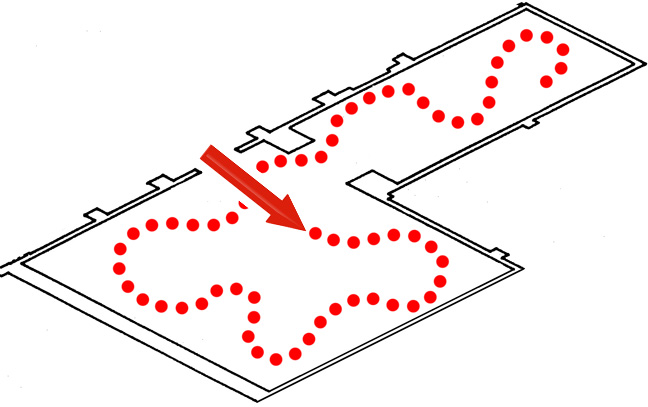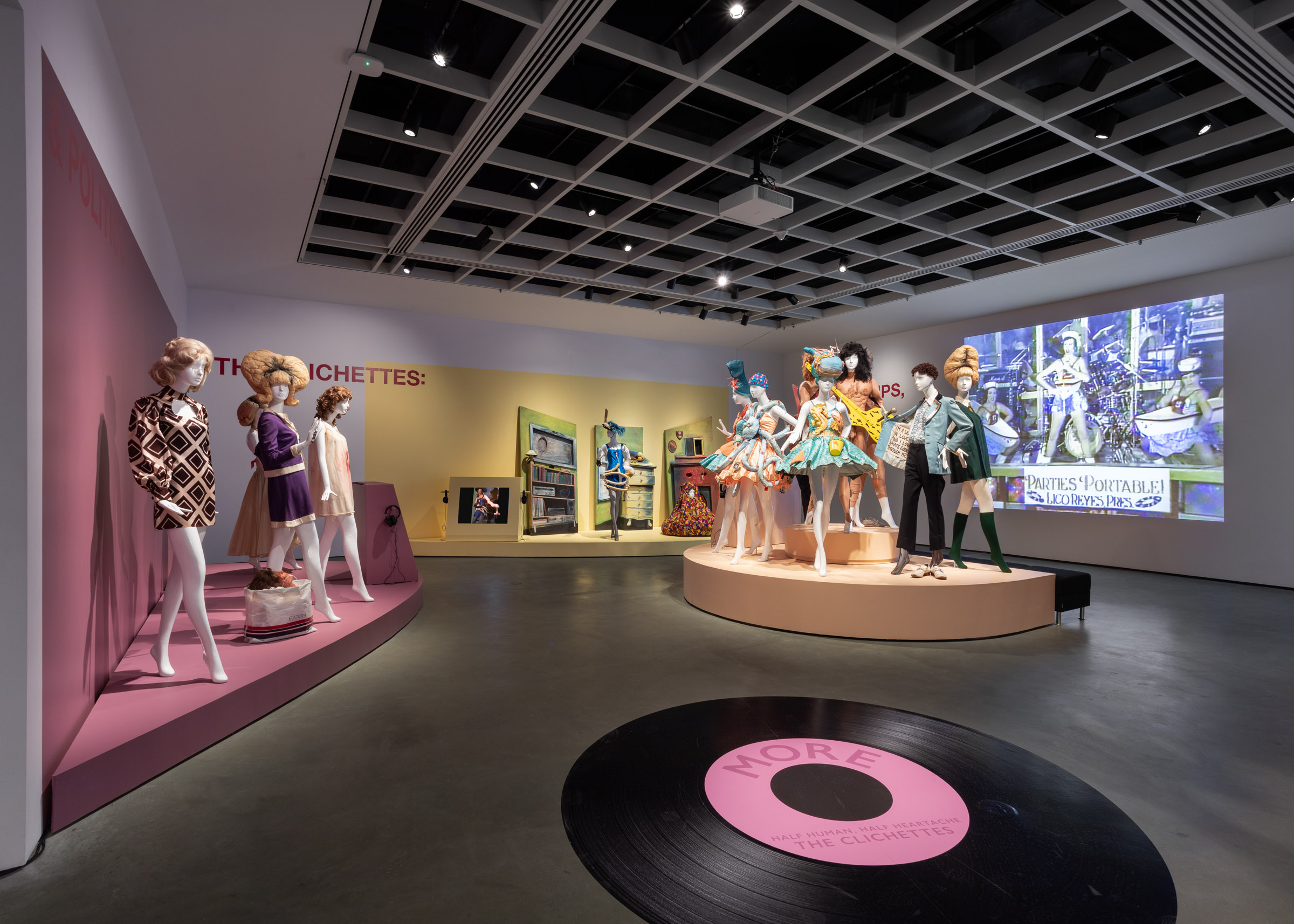The Gallery Path You Choose
February 17, 2015

A Guest Post by Ben Robinson, 4th year English Student
McMaster University
What is at once striking with an exhibition like This is Me, This is Also Me is the diversity of the works in terms of their medium, chronology and themes. The role of the curators in presenting the exhibit has a great deal of influence on the way viewers will understand it. Undoubtedly there are many factors behind the way this show is structured that extend beyond the theme of the exhibit and venture into the realm of practical and physical requirements of the space, but it is clear that the pieces included in This is Me, This is Also Me are quite divergent and, as such, the order in which they are viewed shapes how each individual experiences the exhibit. Some might move methodically through the space heading clockwise around the room, while others head straight for the Warhol.
Each route yields a different set of connections between the pieces. Because the exhibit focuses on many different artists as opposed to featuring one individual, the works in this collection become linked in varying ways as you take different paths through the gallery.
If you choose a clockwise path through the exhibit, you immediately encounter a striking juxtaposition where Carl Beam’s untitled self-portrait points in the opposite direction of the Edvard Munch piece that hangs beside it, as though Beam is suggesting you are walking in the wrong direction. It is interesting to see these two divergent pieces hung side-by-side as Beam’s is a contemporary mixed media piece while Munch’s is a late 19th century lithograph.

While this pairing may seem incongruous at first, it speaks to the way artists from very different contexts can be brought into conversation together. While the one-way sign in Beam’s piece points in the direction of the canonical work of Munch, this configuration in which Beam points away from Munch suggests that Beam is taking a different path than those who have come before him. However, the works use a similar method of engaging the viewer as both Beam and Munch stare out of their portraits, meeting the gaze of the viewer intently. If you continue on this clockwise path you will encounter many interesting and sometimes difficult juxtapositions across the show.
An alternative path to viewing the exhibit is to walk it chronologically. As you move through the exhibit in this haphazard way it functions as a kind of art history lesson. The way media in visual art has developed across the century that this show covers is astounding as you move from the monochromatic prints of Munch and Moholy-Nagy, onto Warhol’s Polaroid photographs and eventually end up with the video installations of Ndiritu, Monkman, and Bowen. This path highlights how the self-portrait has developed from a static representation framed and hung, toward active representations like Bowen’s video account of her family history, sum of the parts: what can be named.

Taking a chronological path through the exhibit things start off with the familiar names of art history, artists who in their time challenged both society and art, Edvard Munch and László Moholy-Nagy. As you move through the space, you begin to see the inclusion of more diverse communities: feminist perspectives from Wieland, queer perspectives from General Idea, and Canadian Indigenous artists like Kent Monkman. Galleries continue to be forward-thinking spaces, presenting art and ideas that challenge and inspire.
With such a diverse exhibit as “This is Me, This is Also Me,” the possible paths to viewing the exhibit are many. Try moving through the space based on medium, or geography, or colour and see how this affects your experience.


McMaster Museum of Art wins Exhibition of the Year for The Clichettes: Lips, Wigs and Politics
December 2, 2025
On Monday, December 1, 2025, Galeries Ontario / Ontario Galleries (GOG) announced the winners of the 48th Annual GOG Awards and the McMaster Museum of Art (M(M)A) took away the top award for the Exhibition of the Year (Budget Over $50K) for the Fall 2024 exhibition The Clichettes: Lips, Wigs and Politics produced in partnership […]

The Creative Process: Well-being through art with the McMaster Museum of Art
August 22, 2025

McMaster Museum of Art Welcomes New Communications Officer Jeff Jung Sing Chow
July 11, 2025





